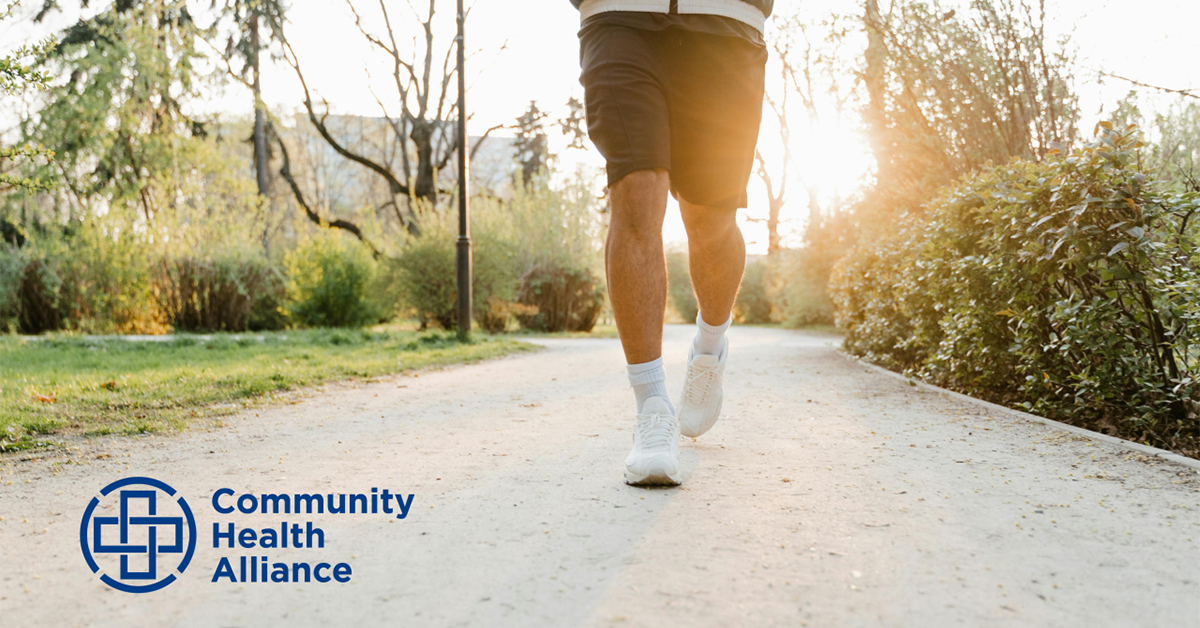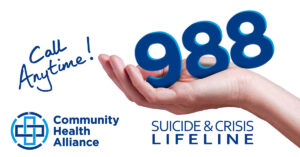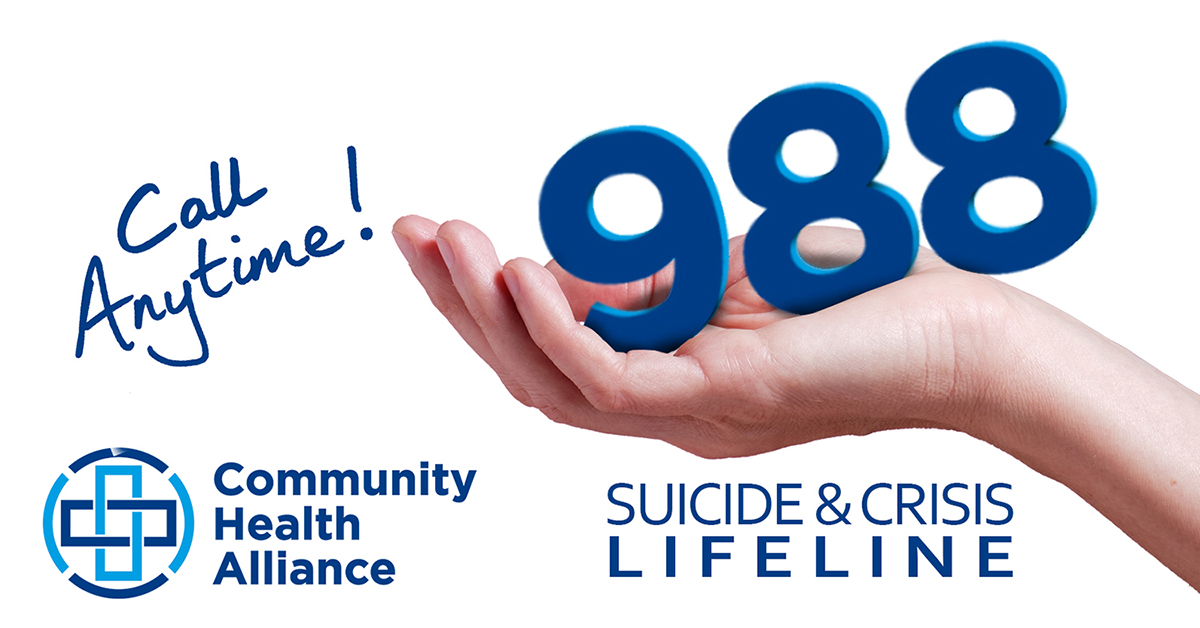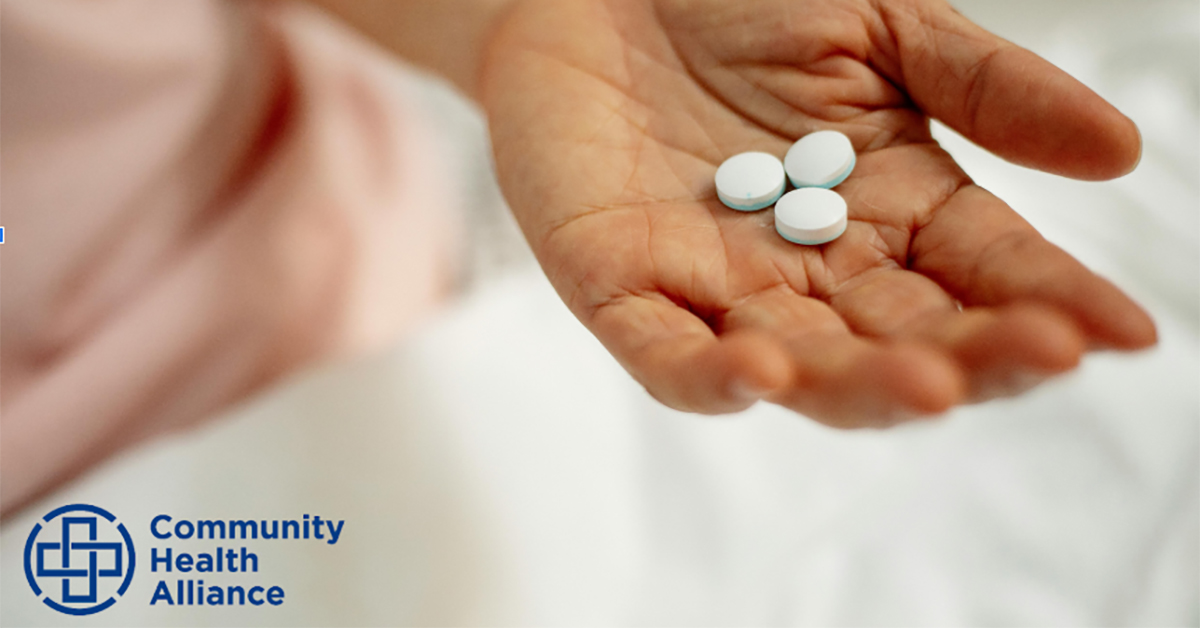
What If Motion Was Medicine?
In News
A new study from the University of Toronto and Kyushu University suggests that movement may do more than just improve physical health — it could actually help the brain heal from trauma and addiction.
In the study, mice that had experienced trauma were given access to running wheels. Those that exercised grew new brain cells in an area called the hippocampus, which is involved in memory and emotion. These mice showed fewer signs of fear and anxiety, while mice that didn’t exercise stayed fearful. The running mice also stopped returning to places where they had previously received drugs, suggesting that movement helped weaken those cravings.
While the research was done with mice, it supports what we see in people too: exercise can play a powerful role in supporting mental health and recovery. Additionally, there have been successful clinical studies on humans that point to this as well.

For the first time since 2020, Ohio saw a slight decline in suicide deaths in 2023, with 1,777 lives lost compared to 1,797 in 2022—a 1% decrease, according to the 2023 Ohio Suicide Report.
A key driver of this progress is the statewide 988 Suicide & Crisis Lifeline, launched in July 2022. Since then, it has handled over 440,000 contacts from individuals across all 88 counties. Paired with evidence-based programs and local efforts, these resources are helping reduce stigma and expand access to support.

Despite saving lives, Medication-Assisted Treatment (MAT) is still misunderstood. A common myth is that it replaces one drug with another.
In reality, MAT combines FDA-approved medications with counseling and behavioral therapies. These medications don’t produce a high — they stabilize brain chemistry, ease withdrawal, and reduce cravings. That’s a huge difference.
Simply detoxing in rehab has been shown to be ineffective for severe opioid use disorder (OUD). Over 90% of people relapse within a year — and most do so within the first three months. That makes detox alone a dangerous and often deadly route.




